28th Mar 2023
How To Collect Vintage Watches: The Best of the 1940s
by Watch Collecting
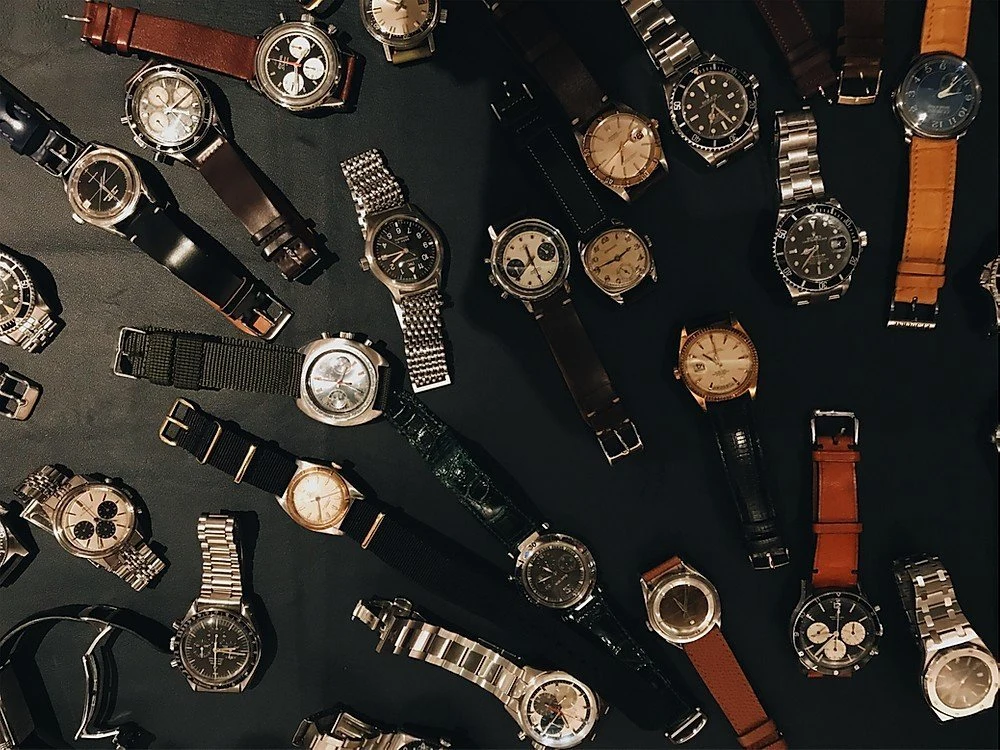
The amount of information accessible at your fingertips is as vast as it has ever been and only grows by the day. That can be a double-edged sword, of course. The sheer wealth of material available to sift through can lead to a bad case of analysis paralysis and result in either making a poor choice or not making one at all.
Fortunately, help is not far away. Over the next few weeks, we are going to be publishing a series of articles outlining some of the most interesting watches from each decade to take aim at, whether a complete novice or seasoned collector.
First of all; What is a Vintage Watch?
As it pertains to watches, the term ‘vintage’ seems constantly up for discussion.
Unlike with cars, where no less a source than the Oxford English Dictionary gives the exact definition of vintage as those vehicles made between 1919 and 1930, with timepieces you can address a dozen different sources and come back with a dozen different classifications. In general however, the consensus is any model older than25-30 years old. Paradoxically though, there does seem to be an agreement on when a vintage watch officially crosses over to becoming an antique, and that starts at 100 years of age. So, as a very rough guide, we can think of a vintage watch at the moment as one manufactured between 1924 and 1993.
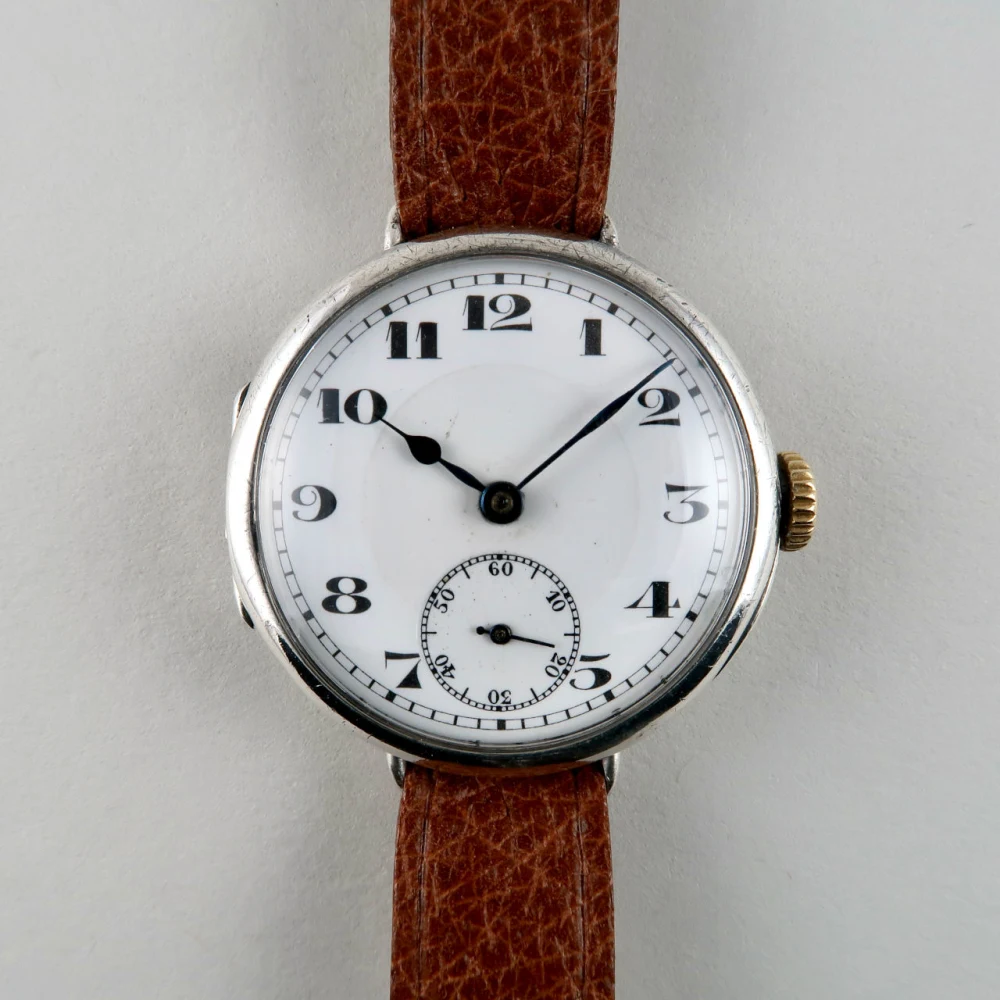
Naturally, age is only one factor in a watch being considered vintage. Just because a model has hit the right time frame, doesn’t automatically make it worthy of your attention. Other considerations have to come into play too, perhaps most importantly the quality of workmanship. That obviously ties in with which manufacturer made the watch, but other elements—rarity, heritage, aesthetics, whether it has a particularly interesting or important complication or if it was the one to introduce a specific feature—all make the difference between a piece that perfectly encapsulates the design and spirit of its age, and just an old watch.
The Best Vintage Watches of the 1940s
The 1940s is not the usual first port of call for fledgling vintage watch enthusiasts. Compared to subsequent decades, where the biggest, most recognisable names in the business made their debuts, those models which came about in the ‘40s remain relatively unknown.
This is not a bad thing.
Firstly, it means there is typically less competition from other collectors, which can also lead to more realistic pricing. And secondly, many of the watches built during the period rank among the most important in horology. Obviously there are a high percentage of military models from the era which hold a special allure in themselves. But real industry heavyweights, the likes of Omega and Rolex, Longines and Breitling, were all still producing civilian pieces at the time, often with some truly innovative and attractive specimens emerging.
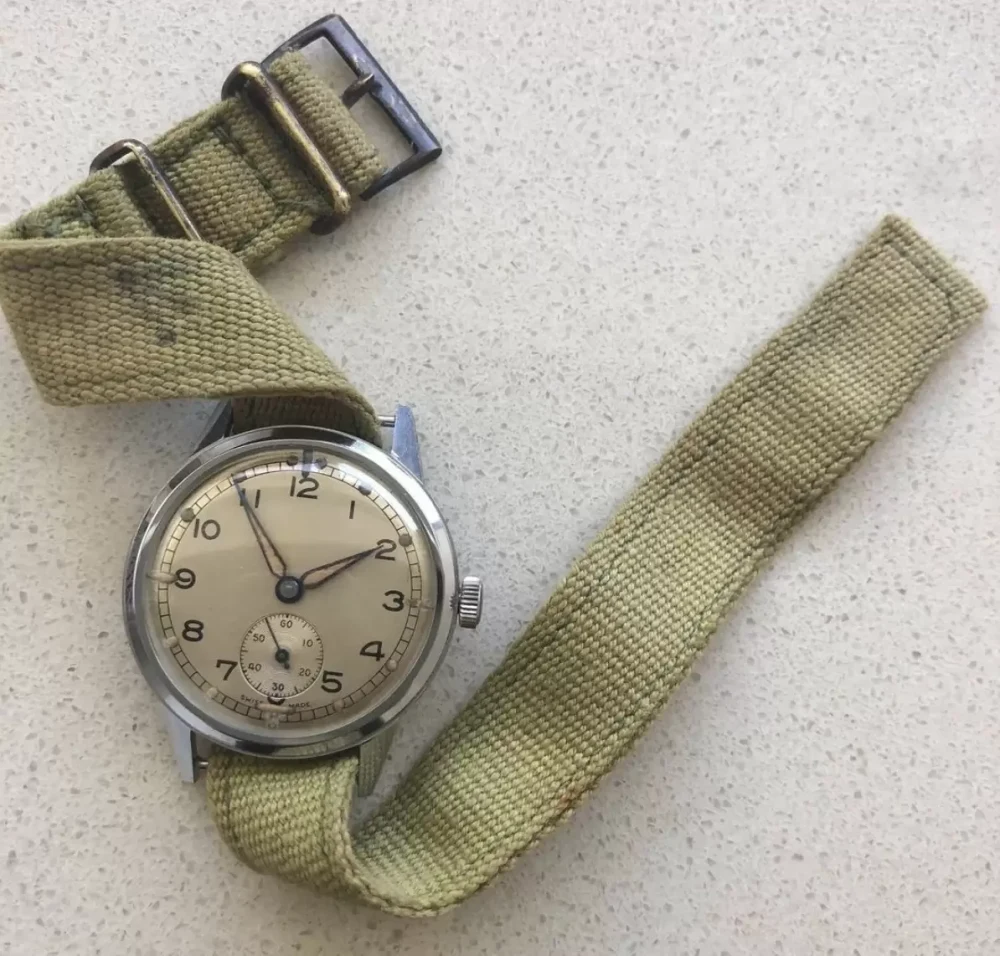
Of course, with these watches now being especially old and, certainly in the case of the military pieces, having lived fairly hard lives, you can expect to undertake a higher level of care. But the pros of a watch from the 1940s outweigh the cons and there is likely an ideal model waiting for you.
Below is a selection of superb examples.
The Mark VII Pilots’ Watch (6B/159)
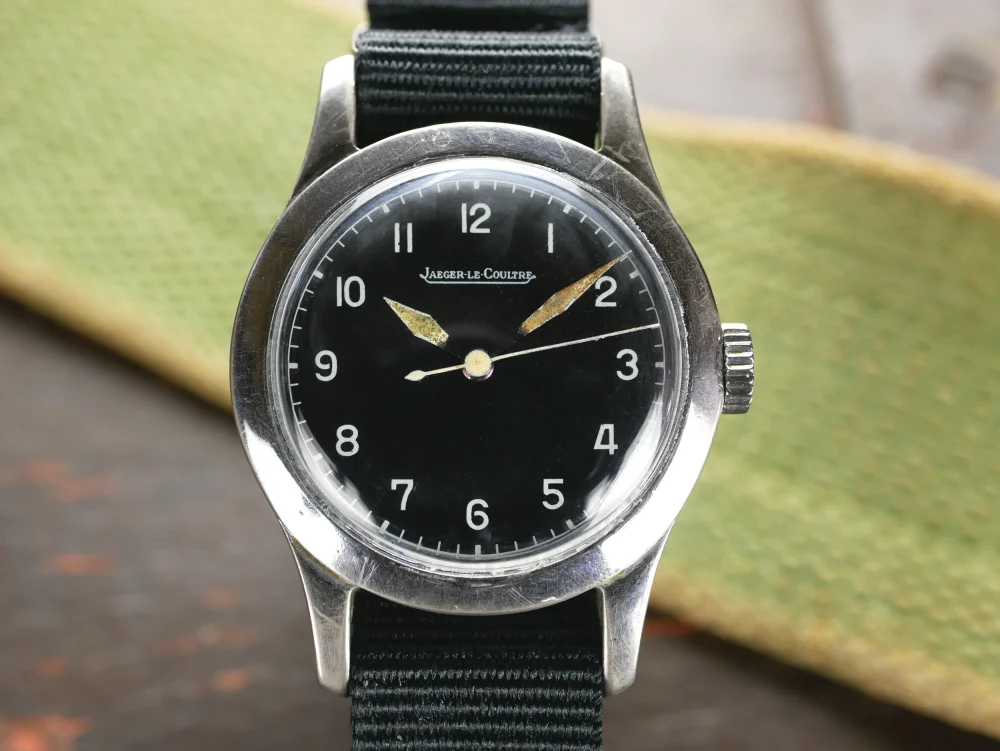
Possibly the main reason vintage watch collecting has become so popular in recent years is that everyone loves a good story. And few timepieces have as many tales to tell as those military-issue models from WWII.
The Mark VII Pilots’ Watch is one such example. At the outbreak of hostilities, the British MOD contacted several prestigious manufacturers; Omega, Longines and Jaeger-LeCoultre among them, to supply their pilots and navigators. The Mark VII, sometimes better known by its RAF stores designation of 6B/159, was built to a strict set of specifications, including either a white dial with black Arabic numerals or vice versa, blued steel hands and centre seconds.
Interestingly, many of these watches were given cases made from Duralumin, an aluminium alloy containing copper, magnesium and manganese due to the shortage of available steel. But some of the Omega-made variants were subsequently rehoused in the 1950s, moving the superb T2 SC movements, considered among the finest hand wound calibres ever made, into stainless steel cases and fitted with new dials.
The Vulcain Cricket
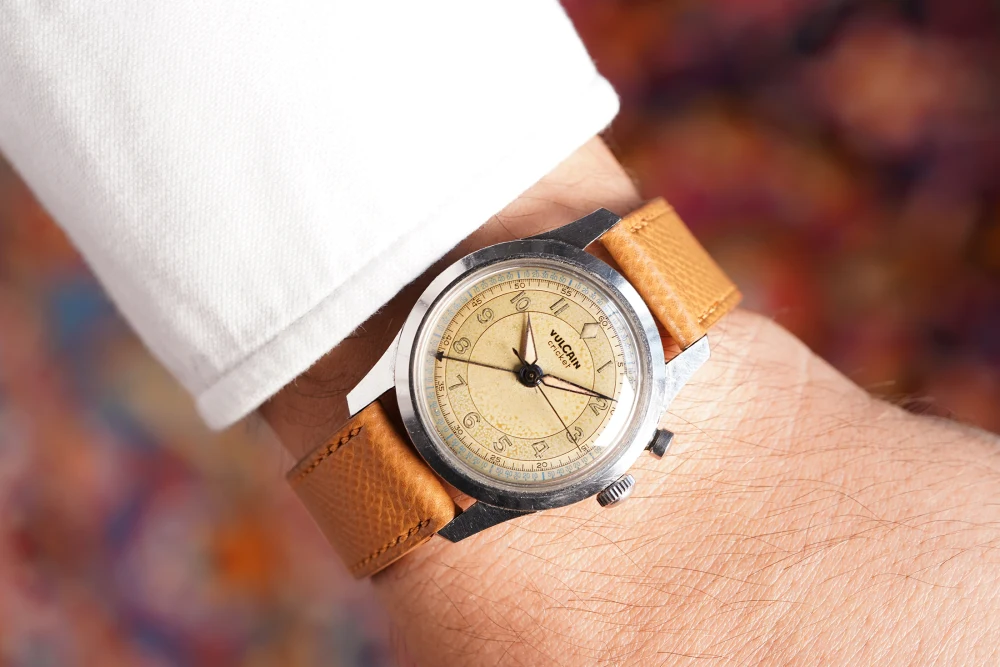
If you hear the words ‘President’s Watch’ your mind probably goes to Rolex’s flagship offering, the Day-Date.
However, the Cricket, from tiny Swiss independent manufacture Vulcain, has graced the wrists of more commanders-in-chief than any other.
The first commercially-available watch in the world with a mechanical alarm, it emerged in 1947 and went on to be the timepiece of choice for Truman, Eisenhower, Nixon and, most of all, Lyndon Johnson. It was Johnson who remained the biggest fan, bulk-ordering 200 to give away as gifts and reportedly setting the alarm on his to go off during more tedious meetings as an excuse to leave early.Unfortunately, the Calibre 120 inside the Cricket, although a ground-breaking accomplishment, also emitted a constant droning noise and was mistaken for a bomb on several occasions by his jittery secret service detail.
A beautiful watch, with a genuinely useful function, the Vulcain Cricket is well worth checking out.
The Rolex Datejust

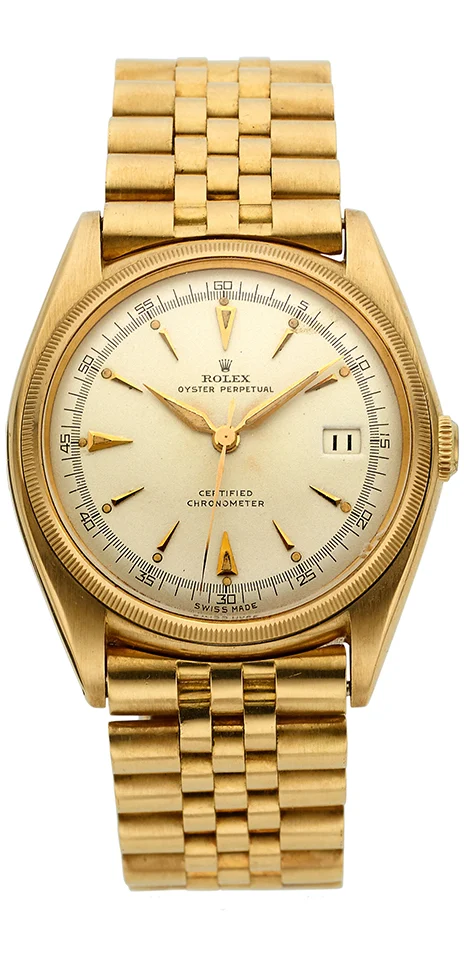
To many people, the Datejust represents the archetype of what a watch should look like. A form so traditional and now completely ubiquitous, it is hard to imagine it as the radical revelation it was on its unveiling in 1945.
The first automatic, waterproof wristwatch ever made to display a date function, it combined Rolex’s two greatest contributions to horology, the Perpetual movement and the Oyster case, and added the most usable complication a watch can have.
As with nearly everything the manufacture brought out in the mid-20th century, the early years of the Datejust were fairly frenetic, with a string of references released in short order as tweaks and improvements were made.
But the original, the ref. 4467, is a perfect target for collectors. Issued in either red or yellow gold, the ‘Ovettone’ (nicknamed for the concave case back needed to accommodate the fairly rudimentary movement) ran from 1945 to 1959 and featured a finely milled bezel, dagger indexes and Alpha handset and, bizarrely, didn’t have the Datejust name on its dial anywhere.
The debut reference of the bestselling watch from the world’s most famous marque, the ref. 4467 is a legendary achievement.


Have your say!